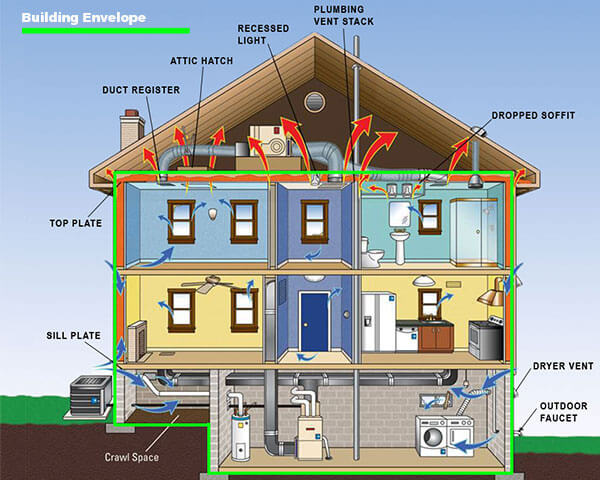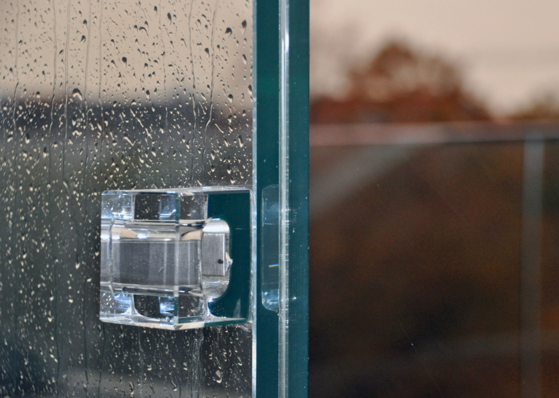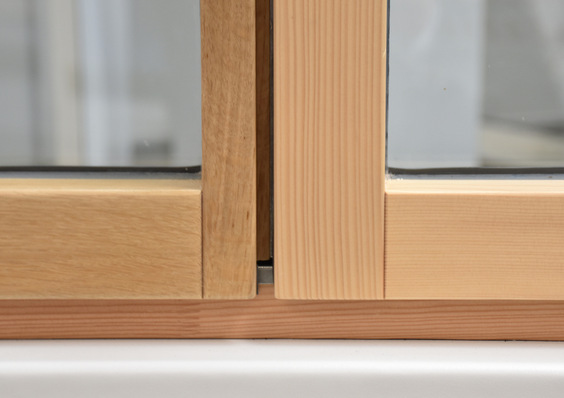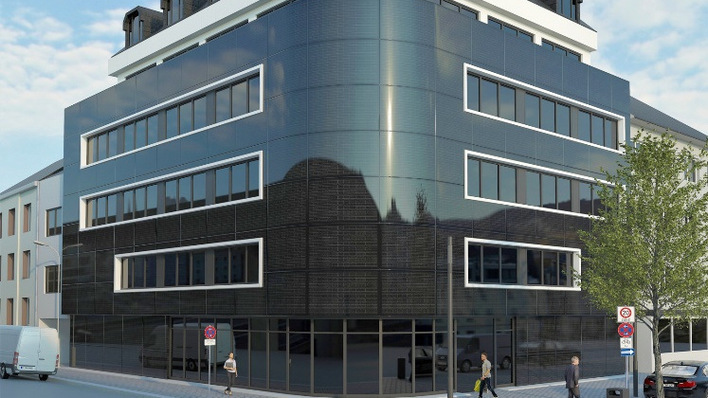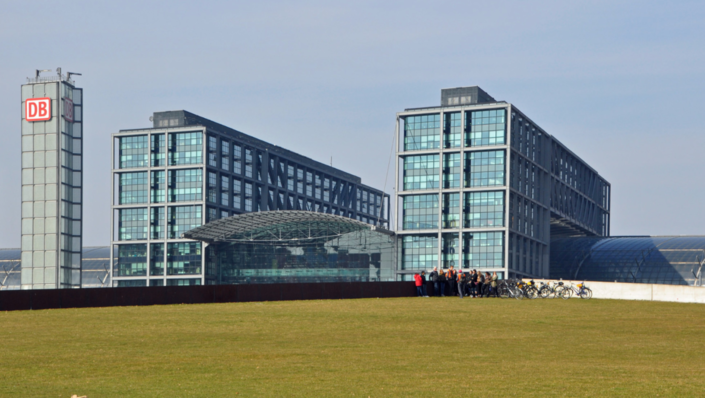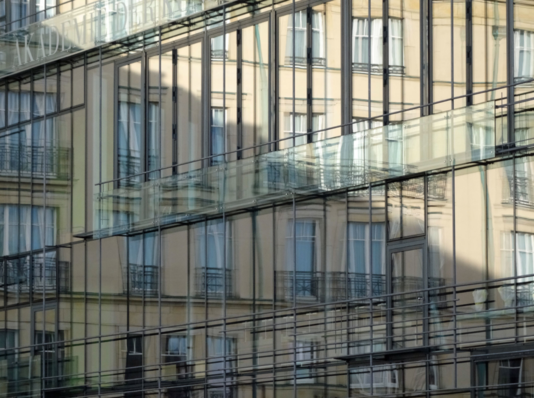The building envelope forms the shell of the building, and as such, it needs to be a key consideration during construction. It affects the ventilation, climate and energy consumption. The building envelope is responsible for holding the building together in more ways than one. The foundation, roof, walls, windows and doors are all considered part of the building envelope, and they contribute to keeping the building standing via structural support. The building envelope keeps outside elements, such as weather phenomena or humidity, from entering and causing damage. This not only is a vital consideration for homes, but it’s especially important for warehouses and commercial properties. Building envelopes prevent air leaks, as well as control internal air pressure, quality and temperature. Accounting for natural ventilation and using energy efficient windows, insulation and sealants are all important aspects of building envelope design.
What environmental considerations apply to the building envelope?
There are several environmental considerations that should be taken into account when designing a building envelope. For comfort, a home should be well ventilated but also protected from strong winds and draughts. In climates that experience extreme temperatures, you might select walls that will trap and release heat in response to external conditions as part of the building envelope. A building envelope that is sensitive and responsive to its environment will make your home more healthy, comfortable and efficient. The best home is one that functions in tune with its surroundings, but also looks elegant. The finish of a building envelope should take into account both form and function.
Does the building envelope play a role in the structural stability?
First and foremost, the building envelope needs to be structurally sound. External walls play a key role in bearing their own weight as well as the weight from the roof and any upper floors. This weight is absorbed by purpose-built walls (load bearing walls) which then transfer it down to the foundations. In areas that are prone to strong winds and earthquakes, walls need to be reinforced to withstand lateral pressure too.







